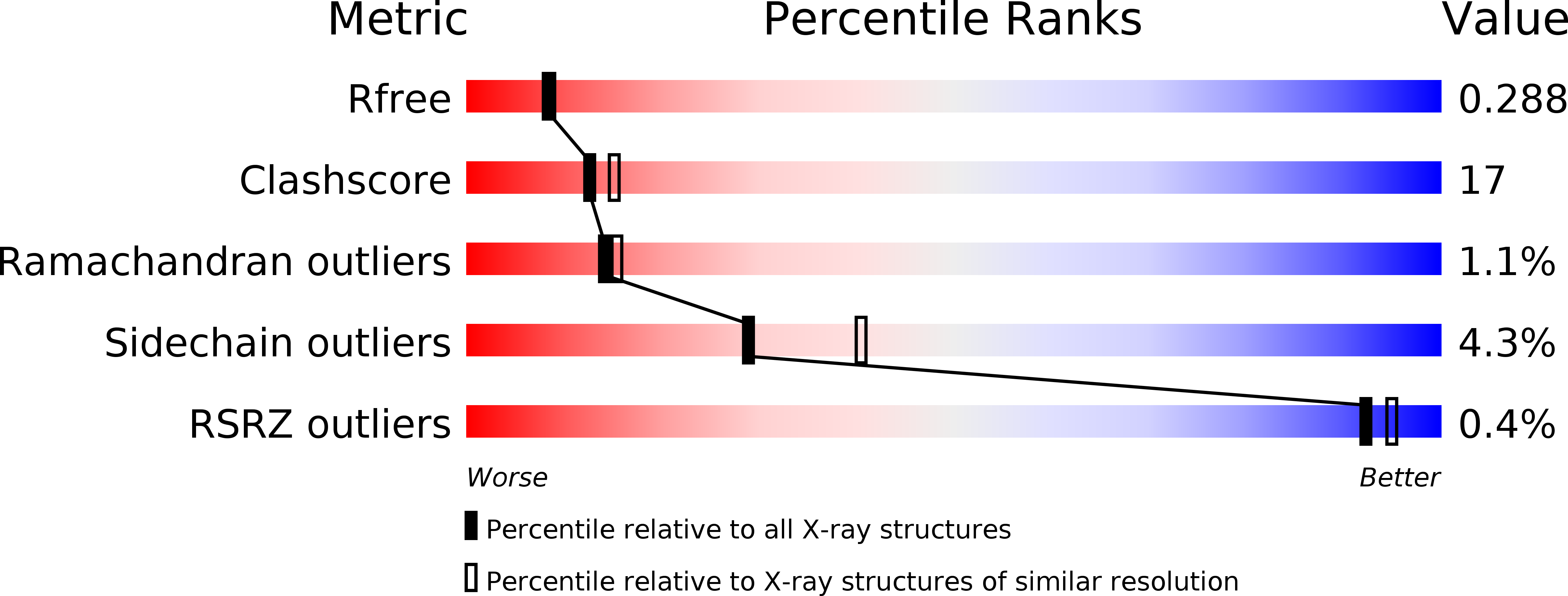
Deposition Date
2001-07-16
Release Date
2002-03-13
Last Version Date
2023-10-25
Entry Detail
PDB ID:
1JLK
Keywords:
Title:
Crystal structure of the Mn(2+)-bound form of response regulator Rcp1
Biological Source:
Source Organism:
Synechocystis sp. (Taxon ID: 1148)
Host Organism:
Method Details:
Experimental Method:
Resolution:
2.30 Å
R-Value Free:
0.28
R-Value Work:
0.22
Space Group:
P 1 21 1


